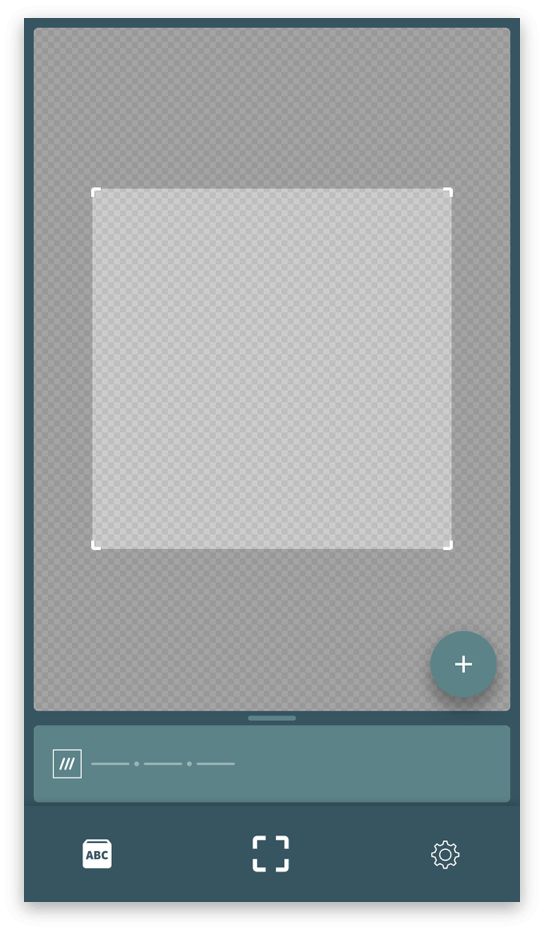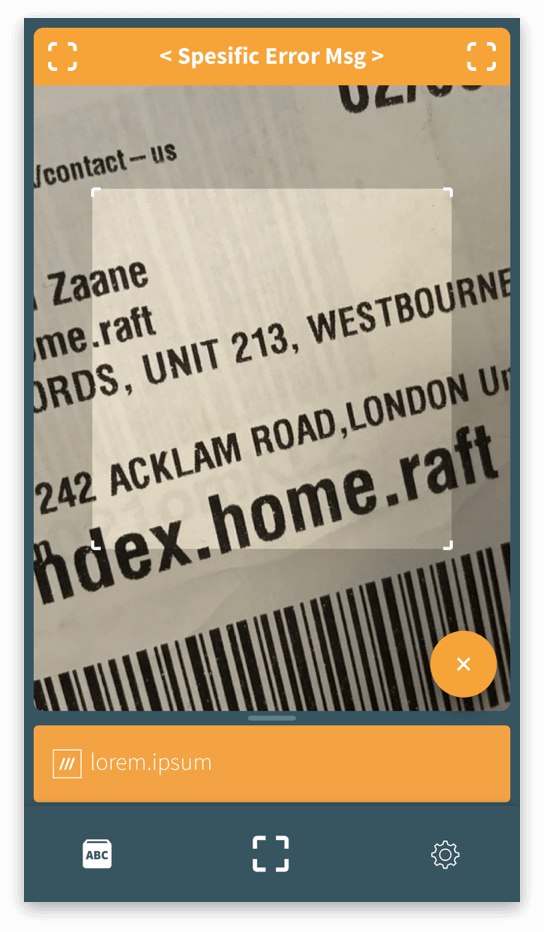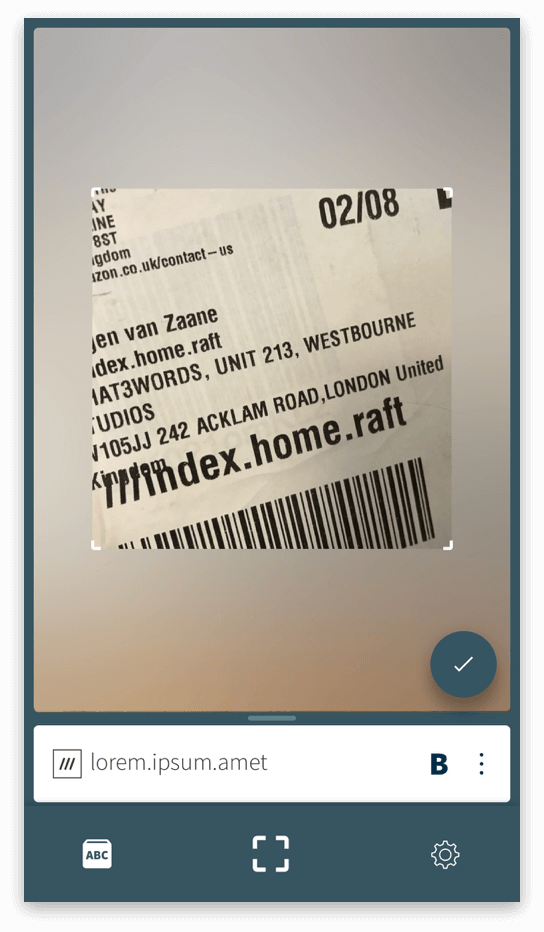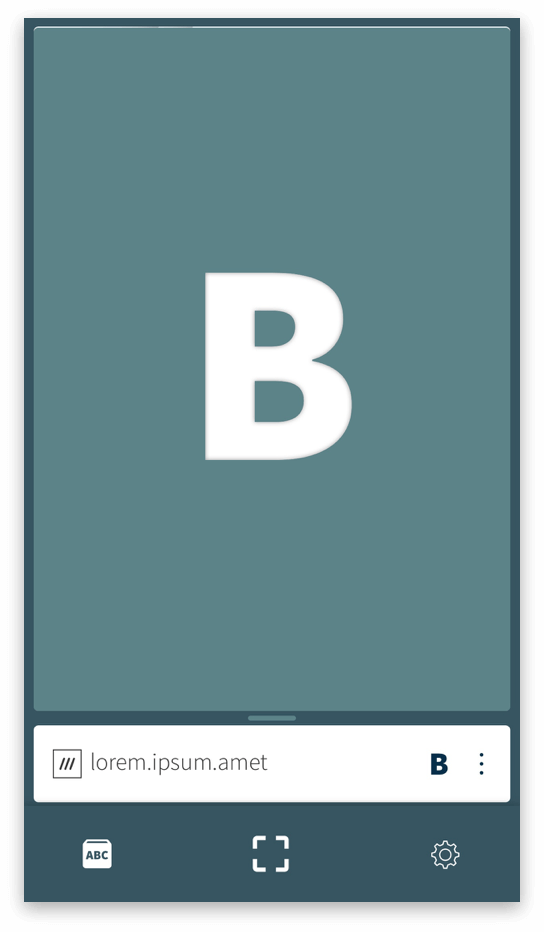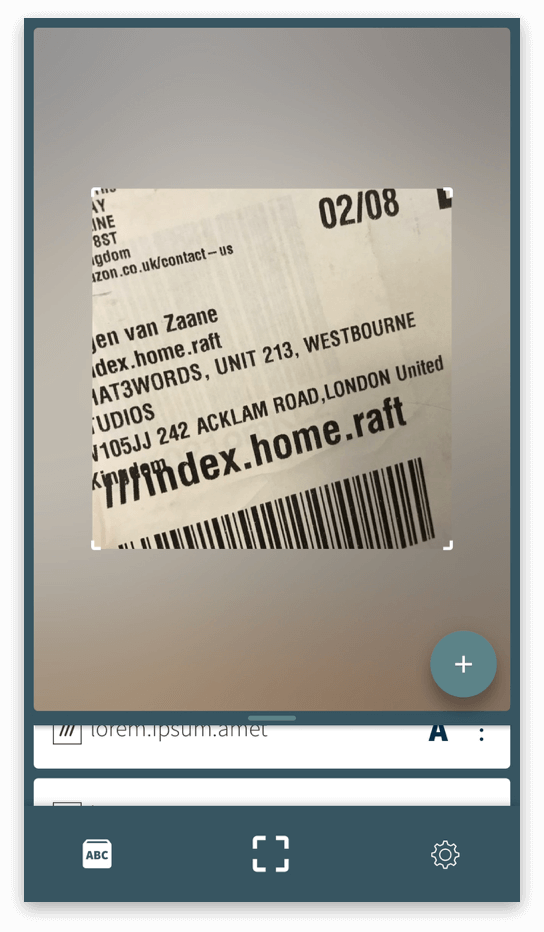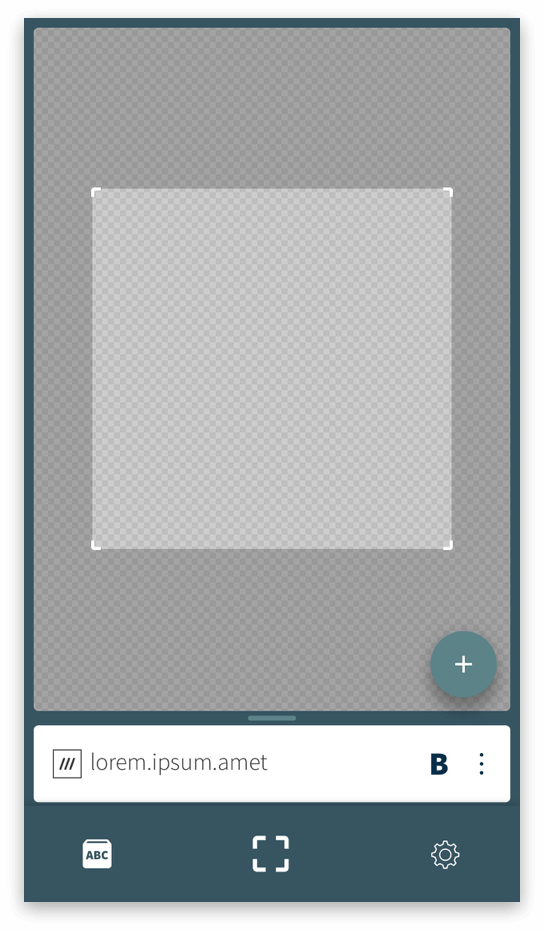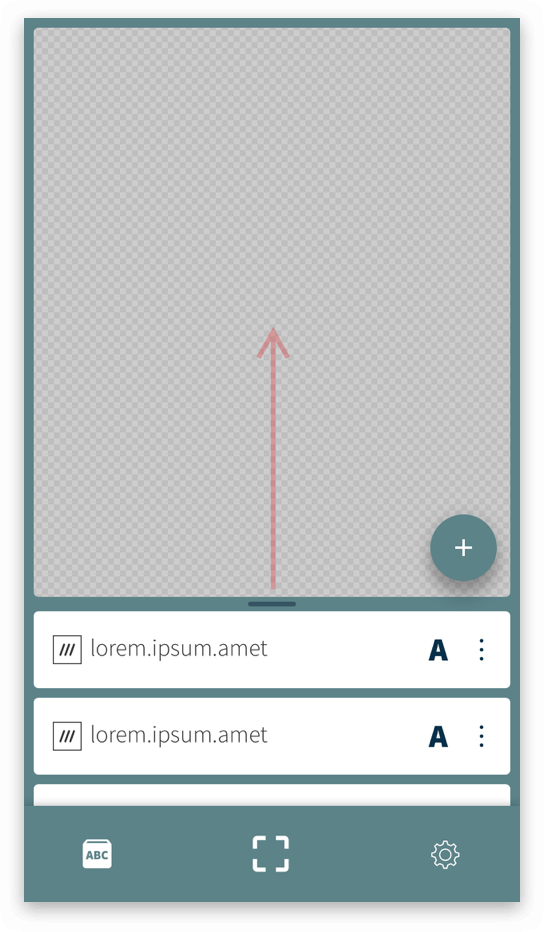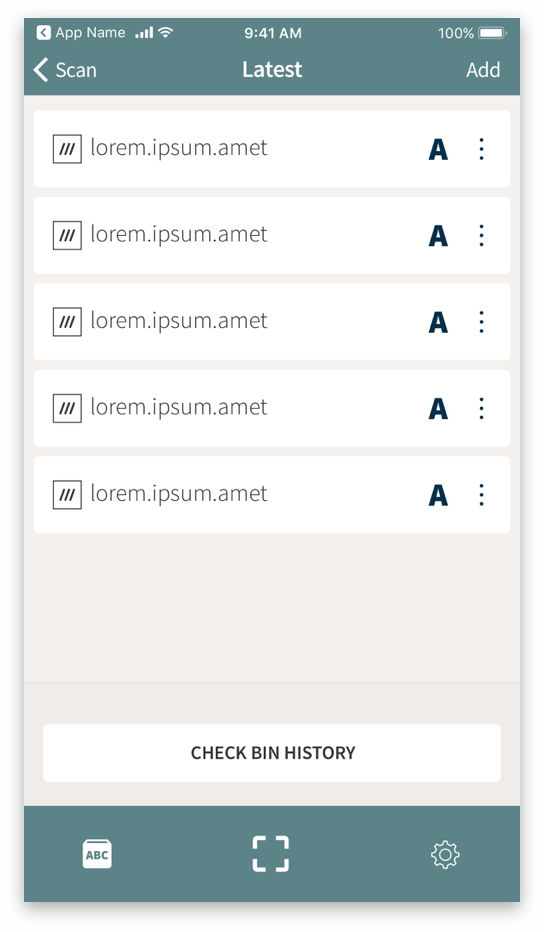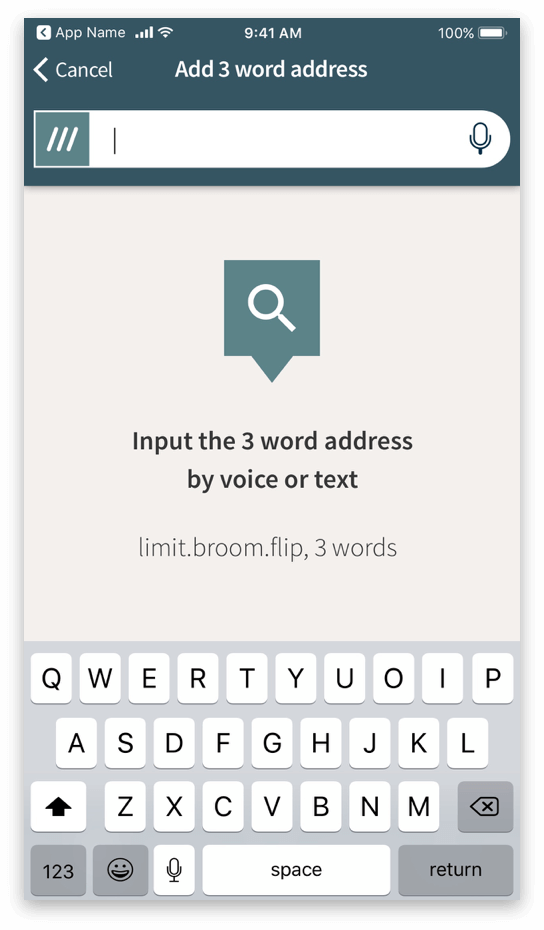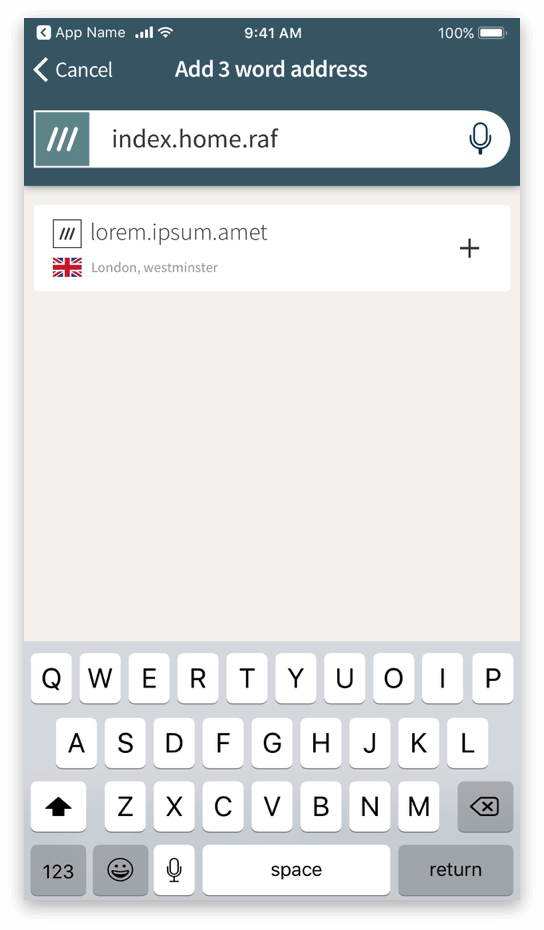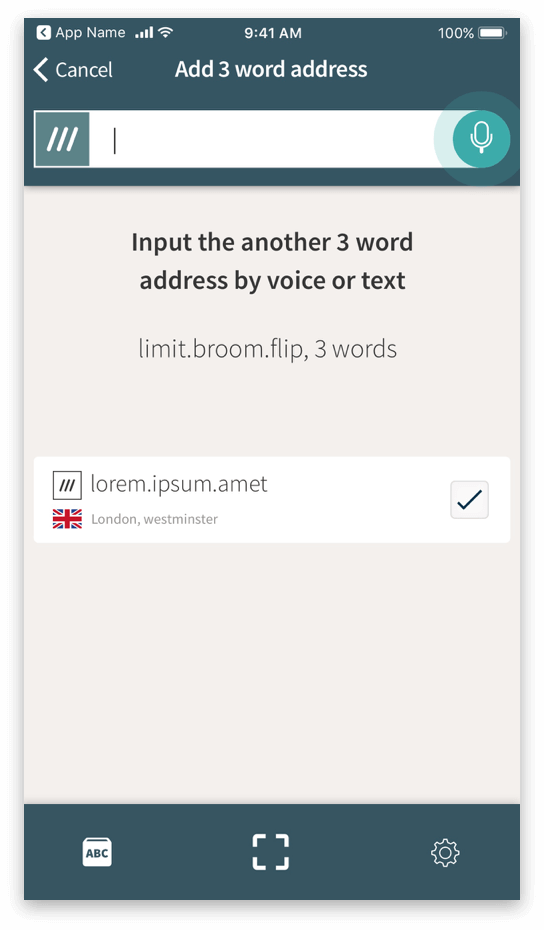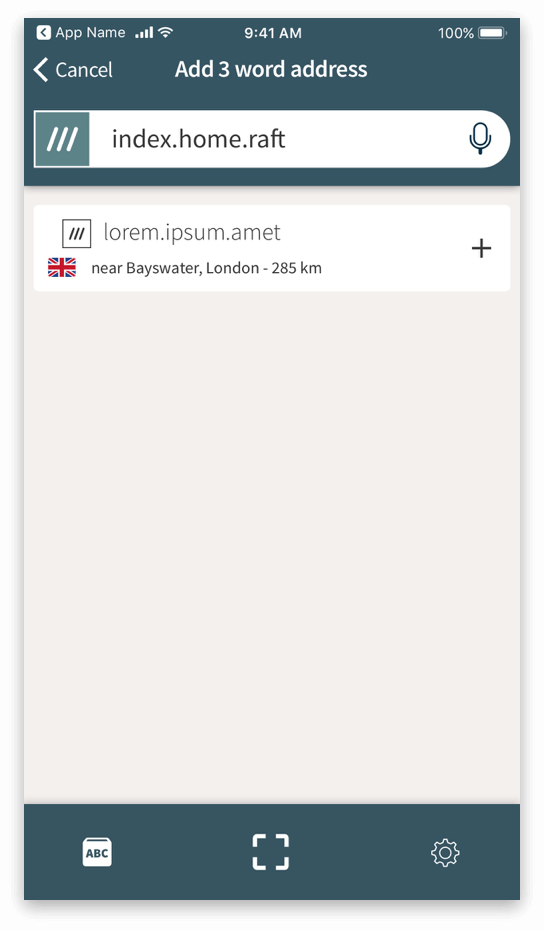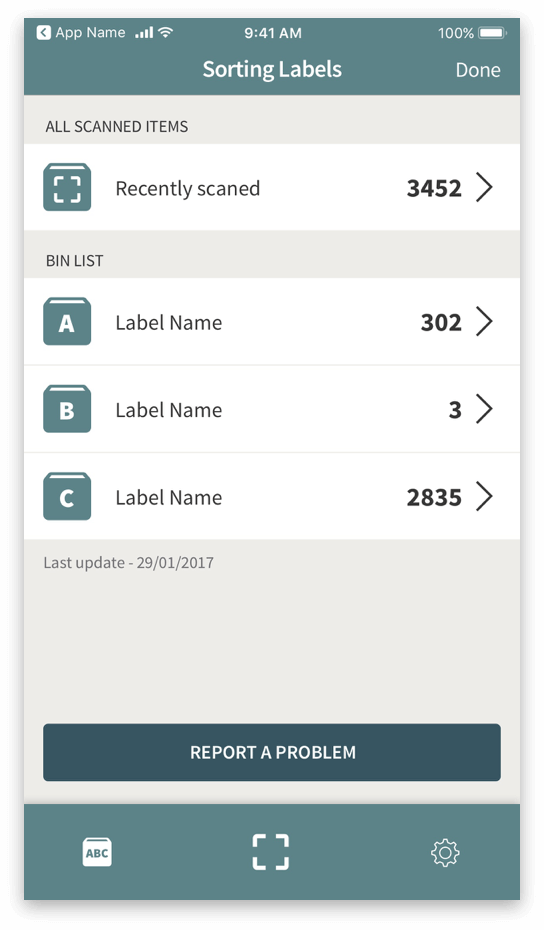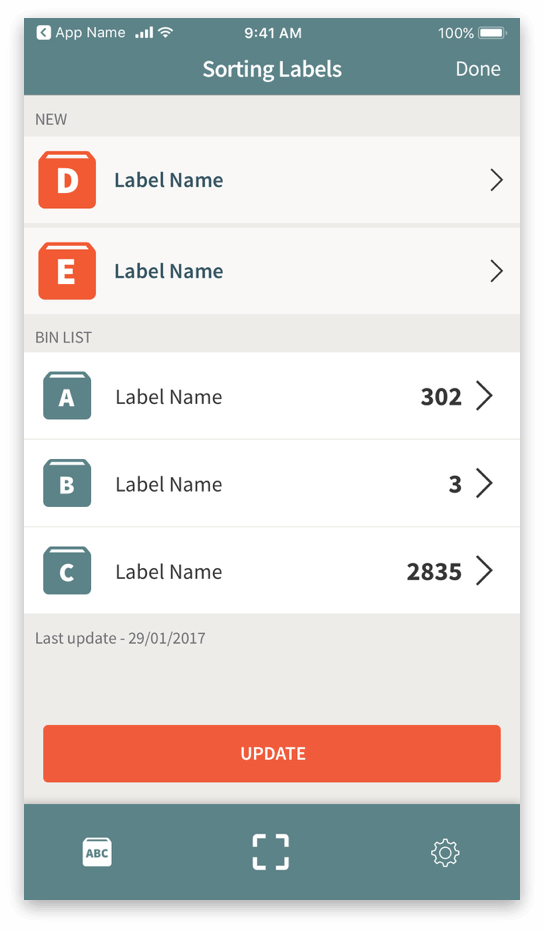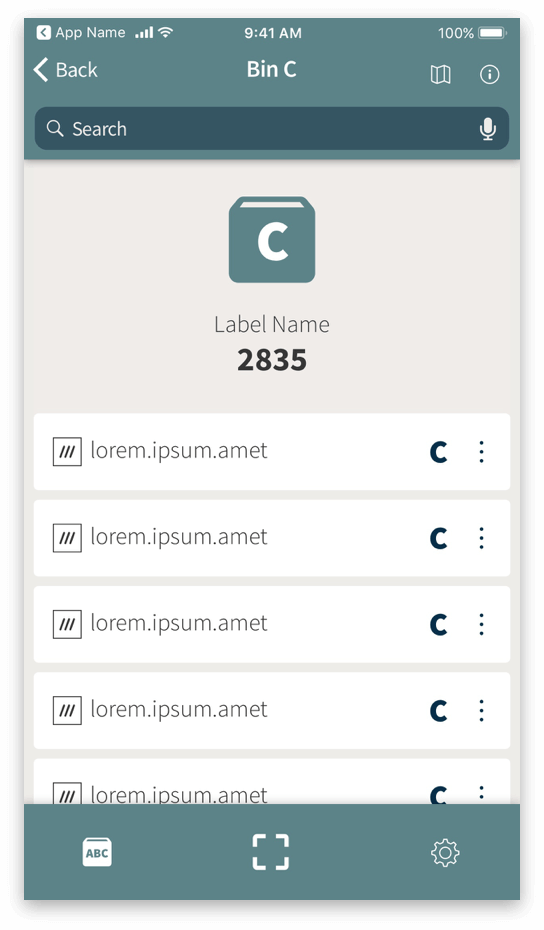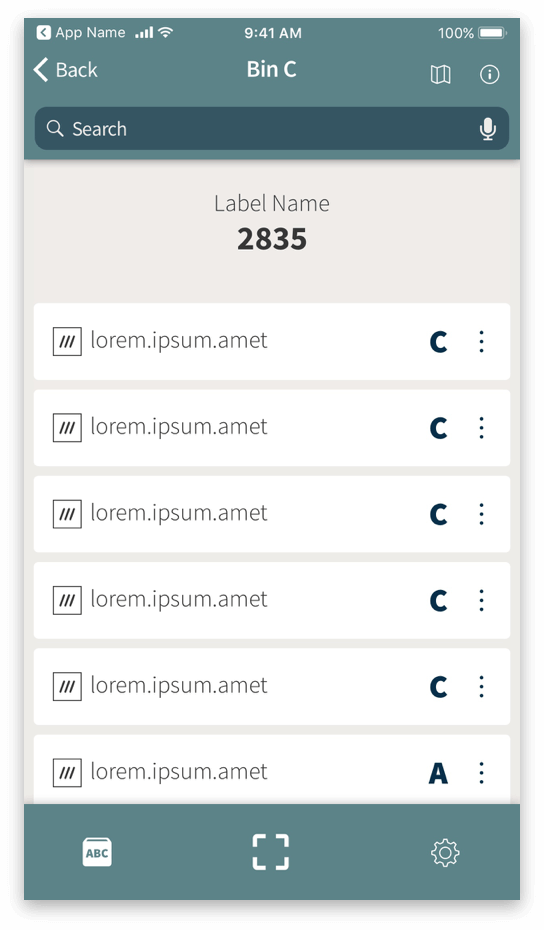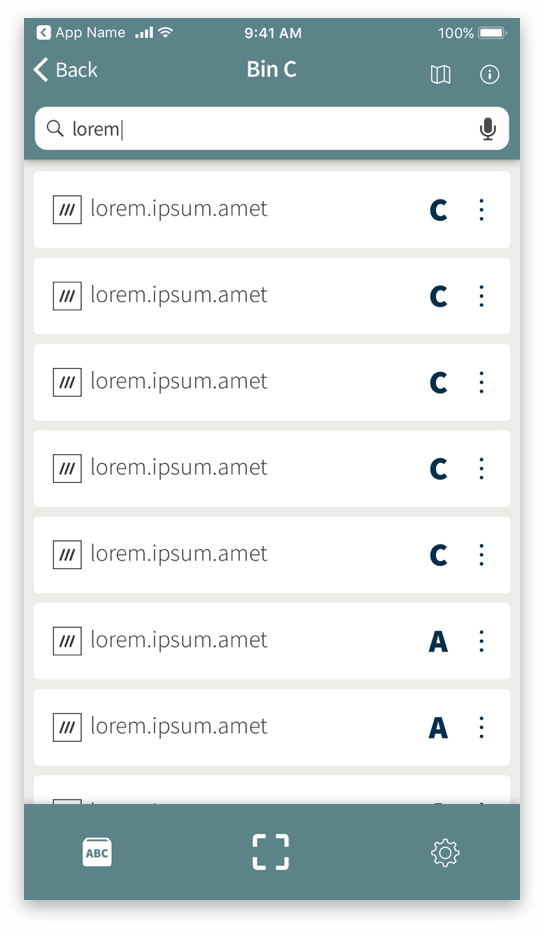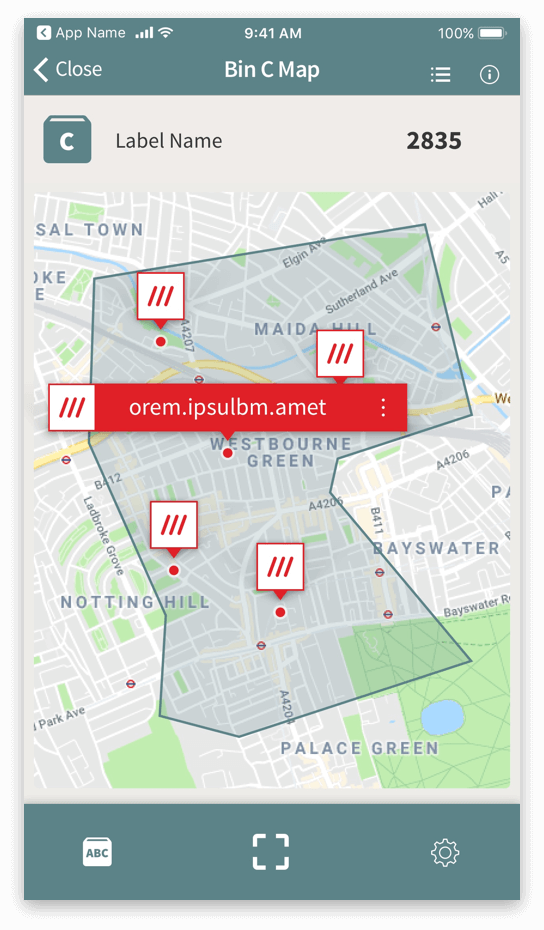OCR Sorting & Delivery App
Allows users to add 3 word addresses to photos.

Client
what3words Ltd
Addressing & geocoding System
Year
2017
London, UK
Case Study Overview
Mongolia's vast size and low population density make postal deliveries a unique challenge. Citizens often have to travel long distances to collect their mail from post office boxes, and even deliveries to specific addresses can rely on landmarks and phone calls for directions, leading to high costs and failed deliveries.
Fortunately, a partnership between Mongol Post and what3words has revolutionized mail deliveries in Mongolia. Customers simply enter their 3 word address at checkout, and Mongol Post uses what3words OCR technology to sort and optimize the delivery route, even when offline.
When a customer places an e-commerce order, the store adds their 3 word address to the label and passes the delivery to Mongol Post. At the sorting office, Mongol Post uses what3words OCR technology to accurately sort the delivery based on the 3 word address.
Once the driver receives the package, they scan the 3 word address to access the optimized delivery route, ensuring efficient delivery and saving time and resources. This technology has significantly improved access to goods and services for all citizens, regardless of their location in Mongolia.
Some information and details are excluded due to confidentiality reasons.
Managing the project
UX & Product Design work-flow

Problem & Opportunity
«”With its semi-nomadic population and sparsely populated landscape, the people of Mongolia face unique challenges when it comes to delivering and receiving post. In many parts of the country, citizens have to collect mail from Post Office boxes, often kilometres away from their homes. Until earlier this week Ms. Tsesendolgor.Ts had never received a letter in her 80 years!.”»
Main challenge
The main challenges for postal services in this conversation are centered around efficiency, sorting accuracy, and delivery success rate. The vast size and sparsely populated landscape of Mongolia create unique obstacles for postal deliveries, leading to long travel distances for citizens to collect mail from Post Office boxes and failed deliveries when attempting to deliver to specific addresses. These challenges result in high costs for postal services and inconvenience for customers.
To address these challenges, a partnership was formed between Mongol Post and what3words, which allows customers to enter their 3 word address at checkout for accurate and reliable mail deliveries. With the use of what3words OCR technology, sorting accuracy is improved, and drivers can access optimized delivery routes even when offline, leading to a more efficient and successful delivery process. This solution helps to improve the efficiency, accuracy, and success rate of postal services in Mongolia, ultimately benefiting both customers and businesses.
My role
Lead UX & Product Designer
Solution
Through a smart product design, Mongol Post has successfully integrated what3words into its delivery process, leading to significant improvements in efficiency and customer satisfaction. By utilizing what3words, Mongol Post has been able to increase its sorting accuracy by 15%, resulting in a higher rate of successful first-time deliveries. Additionally, with the optimized delivery route provided by what3words, nearly 3 minutes are saved on each delivery, saving time and resources. This innovative product design has allowed Mongol Post to reach more customers, improve its quality of service, and generate revenue, while also building trust with its customers and becoming the top delivery company in the country.
The Project
Approach
Product Audit
The Optical Character Recognition App designed for Postal service is revolutionizing the way deliveries are handled. By supporting the scanning of 3 word addresses, the App has made it possible to accurately sort deliveries into different bins based on the delivery area. This ensures that each delivery is optimized for efficiency and speed.
Thanks to the advanced scanning technology, the App can quickly and accurately read the 3 word address, eliminating the need for manual entry and reducing the risk of human error. Once the address is scanned, the App sorts it into the appropriate bin based on the delivery area. This allows the delivery team to easily access the bin and retrieve the package, speeding up the delivery process and reducing the chances of delays.
But the benefits don't stop there. By using the bin to calculate the best delivery route, the App ensures that each delivery is made efficiently and cost-effectively. This not only saves time and money for the Postal service, but also for the customer, who can enjoy faster and more reliable deliveries.
Overall, the Optical Character Recognition App for Postal service is a game-changer for the industry. Its innovative features, including support for 3 word addresses, accurate sorting, and optimized delivery routes, are making deliveries faster, more efficient, and more reliable than ever before.
Research
To better understand customer expectations and pain points in e-commerce delivery options, research was conducted to identify key tasks that users face daily and how what3words technology can assist. The focus was on finding innovative ways to develop and implement addresses at a lower cost through new technologies.
To ensure a non-invasive workflow, the main approach was to prioritize user interaction with the product and minimize the number of interactions required during their workflow. The product audit revealed that the optical character recognition app for postal service, which supports scanning of 3 word addresses, was a promising solution. The app enables addresses to be sorted into different bins depending on the delivery area, allowing for optimized delivery routes and higher delivery success rates.
By utilizing what3words technology, Mongol Post has been able to save time and money, reach more customers, improve its quality of service, generate revenue, and build customer trust. The sorting accuracy has improved by 15%, nearly 3 minutes are saved on each delivery, and the number of successful first-time deliveries has increased by 18%.
Overall, the research has highlighted the importance of finding faster ways to implement address technology at a lower cost, while still supporting a human workflow. The what3words technology has proven to be a successful solution in improving postal services in Mongolia, and can potentially be implemented in other countries facing similar challenges.
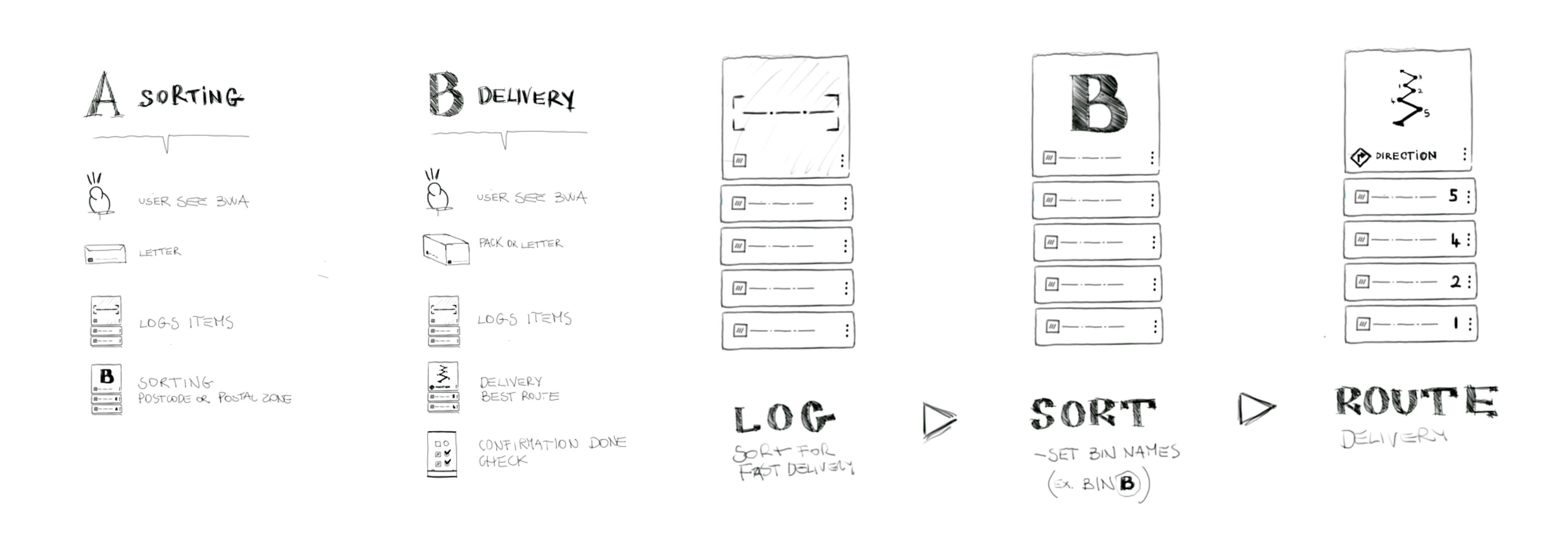
UX Strategy
Story Mapping: Task models and Scenarios
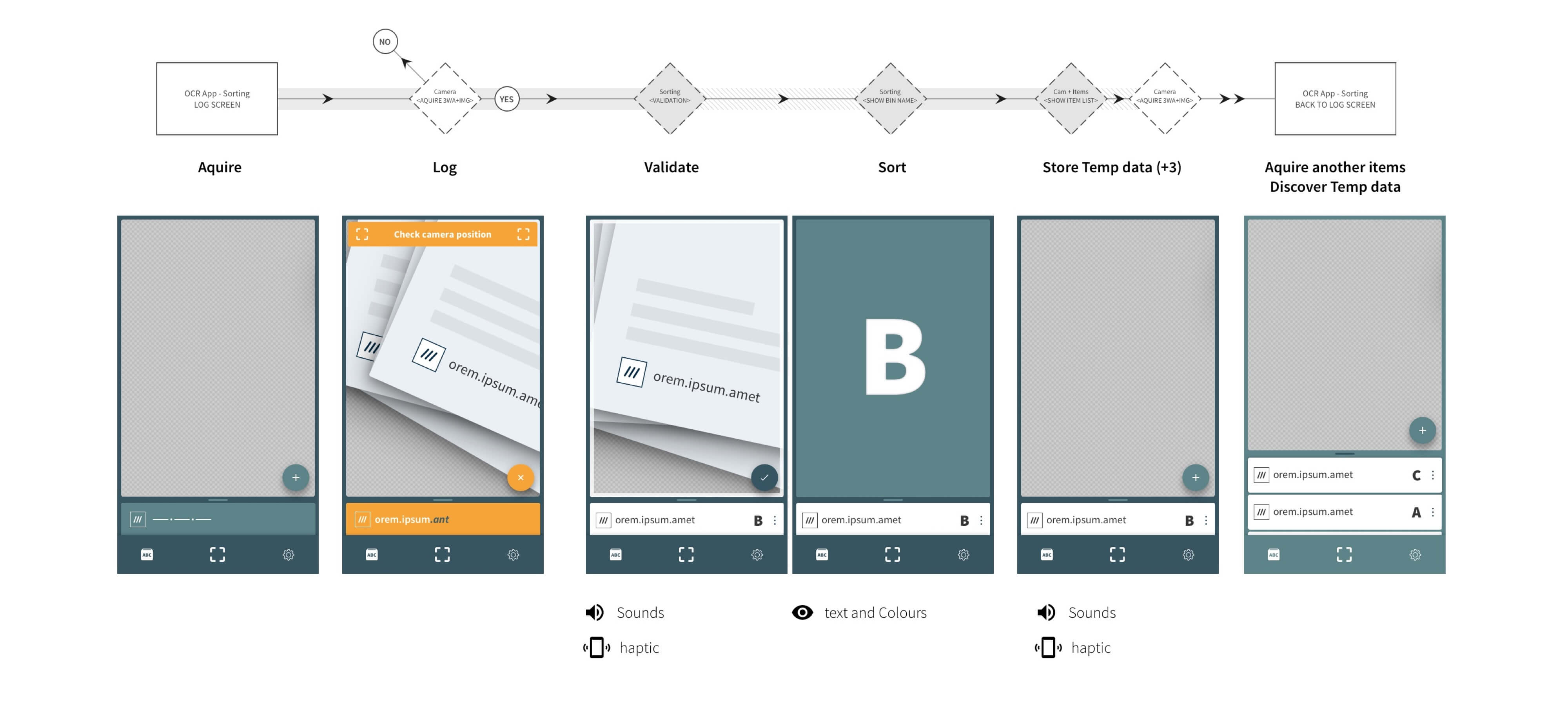
Scanning Screen
I would redesign the scanning screen to enhance the user experience. The screen would be divided into two sections - the scanning area and the item status section.
The scanning area would be highlighted with white corners to indicate the area where the user should place the item for scanning. The entire screen would serve as the source of the scan. If the scanning process detects a 3-word address, the app would freeze the photo and display the item status section below.
In case the 3-word address cannot be read, a message such as "text too small" would be displayed to notify the user. If the scanning process successfully detects the correct 3-word address, the app would display the bin name where the item should be sorted. The bin name would appear and then fade out to indicate the successful scanning process.
The item status section would be designed to animate down as soon as a new 3-word address is detected, revealing a new card. The user would also have the option to swipe up the history of the most recent items they have scanned. By default, the app would show the five most recent items in the history. However, the user can increase this number by clicking on the "manage" button.
Overall, this redesign would improve the user experience by providing clear and concise instructions, enhancing the visibility of the scanning area, and making the history feature more accessible to users.
Scanning Screen
The scanning screen will be activated, and the user will be prompted to scan the label of the package or envelope. The scanning area will be highlighted with white corners, indicating the specific area where the label should be placed for scanning.
If a 3-word address is detected and can be read, the address will be displayed on the screen, along with the bin name that the item should be sorted into. If the 3-word address cannot be read, a specific message will be given, such as "Text too small" or "Scan failed".
The user will then have the option to either confirm the address or rescan the label. If the user chooses to confirm, the card status of the item being scan
ned will be updated, and a new scanning screen will appear, ready for the next item to be scanned.
If the user needs to access their scanning history, they can swipe up to reveal the history panel. By default, the history panel will display the five most recent items scanned, but this can be customized by using the manage button.
Overall, the scanning screen will provide a seamless and efficient way for users to add addresses by simply scanning the label of their packages or envelopes.
Bin items
When a user selects a bin, the app will display all the 3wa cards in that bin, arranged by the most recently scanned. The view will be similar to the grid view, but with the user zoomed in to the 3wa cards within that bin. The user can then easily identify which items are in that bin and their current status. They can also choose to interact with individual cards, for example, to update the delivery status or view additional details. The goal is to provide a clear and intuitive interface that allows users to quickly and easily manage the items within each bin.
Prototype
Testing the scan and the Bin card popup
Story
Mongol Post Great Delivery by what3words
Learnings, results and output
Learnings:
During the research phase, we identified that the sparsely populated landscape of Mongolia posed unique challenges for postal deliveries. Semi-nomadic population and vast distances often resulted in failed deliveries, and high costs. We also learned that customers had changing expectations when it came to e-commerce delivery options, and there was a need to provide faster and more efficient ways of implementing addresses at a lower cost through new technologies.
Results:
Our team designed and developed an Optical Character Recognition (OCR) app that supports scanning of 3 word addresses. The app provides a way to sort the addresses in different bins depending on the delivery area. The bin is then used to calculate the best route to facilitate the delivery. We conducted a pilot project in urban Mongolia, and the results were remarkable.
Addressing: With the OCR app, we were able to reduce the time required to address a delivery to only one week. This was a significant improvement over the previous process, which could take several weeks to complete.
Sorting: Our OCR technology helped improve the sorting accuracy by 12 points. This means that the chances of failed deliveries due to incorrect sorting have reduced considerably.
Delivery: With the improved sorting accuracy and efficient delivery routes, we were able to improve the success rate by 18%. This translates to a significant reduction in costs and improved customer satisfaction.
Output:
Our team delivered an OCR app that not only improved the efficiency of postal deliveries in Mongolia but also met the changing expectations of customers. The app is user-friendly, and the scanning screen has been designed to minimize the number of interactions during the workflow. The bin items view provides an organized and easy-to-use interface for sorting and tracking deliveries. Overall, the output of this project has significantly improved the postal services in Mongolia and has set an example for other countries facing similar challenges.
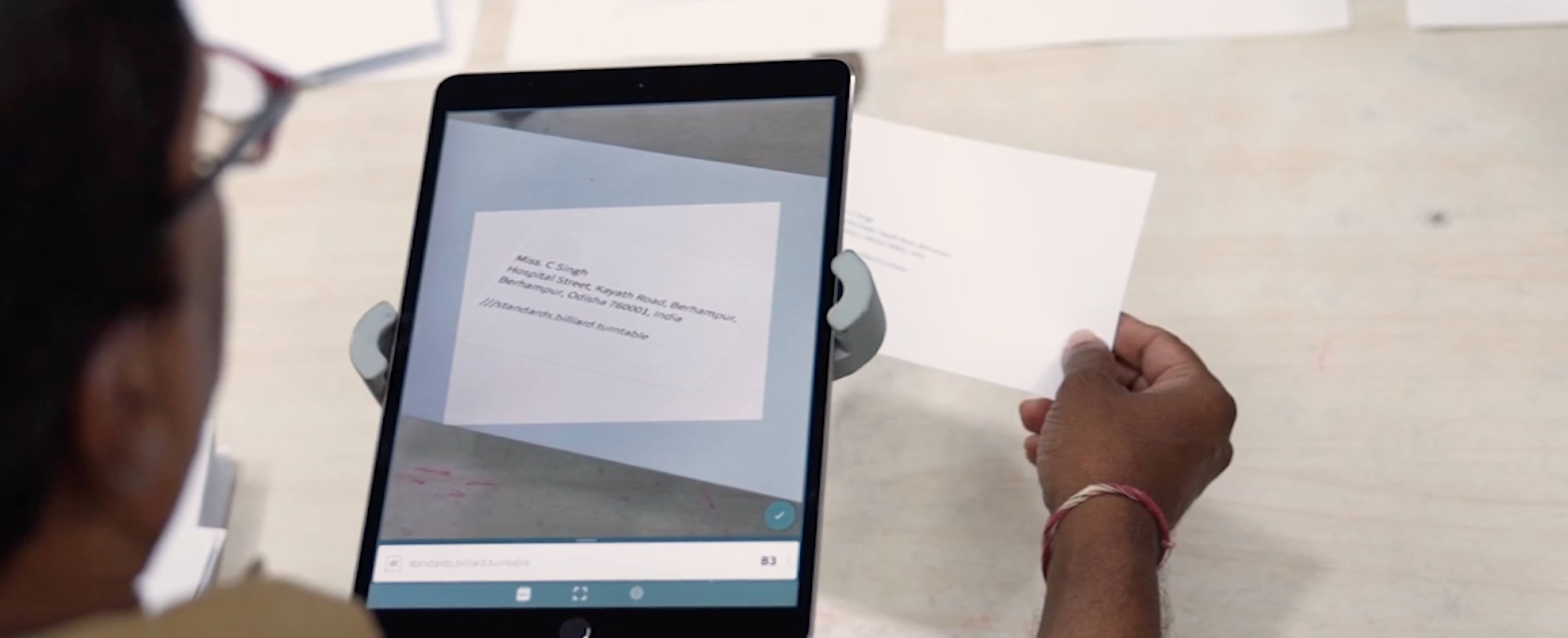
Tags
#Travel #Tourism #Voice #Navigation #PostalServices, #Automotive & #Mobility #Events #emergency-services. #Geolocation #GoogleMaps #API #wha3words #Grid-System #UX #ProductDesign #Interactions #ValueProposition
Fair dealing Disclaimer
Sections 29 and 30 of the Copyright, Designs and Patents Act 1988
I've written this Case Study for purposes such as research and private study, criticism or review, or news reporting. I’ve used part of the copy from the author website (what3words.com) that you can see under the quotations «”…”»


